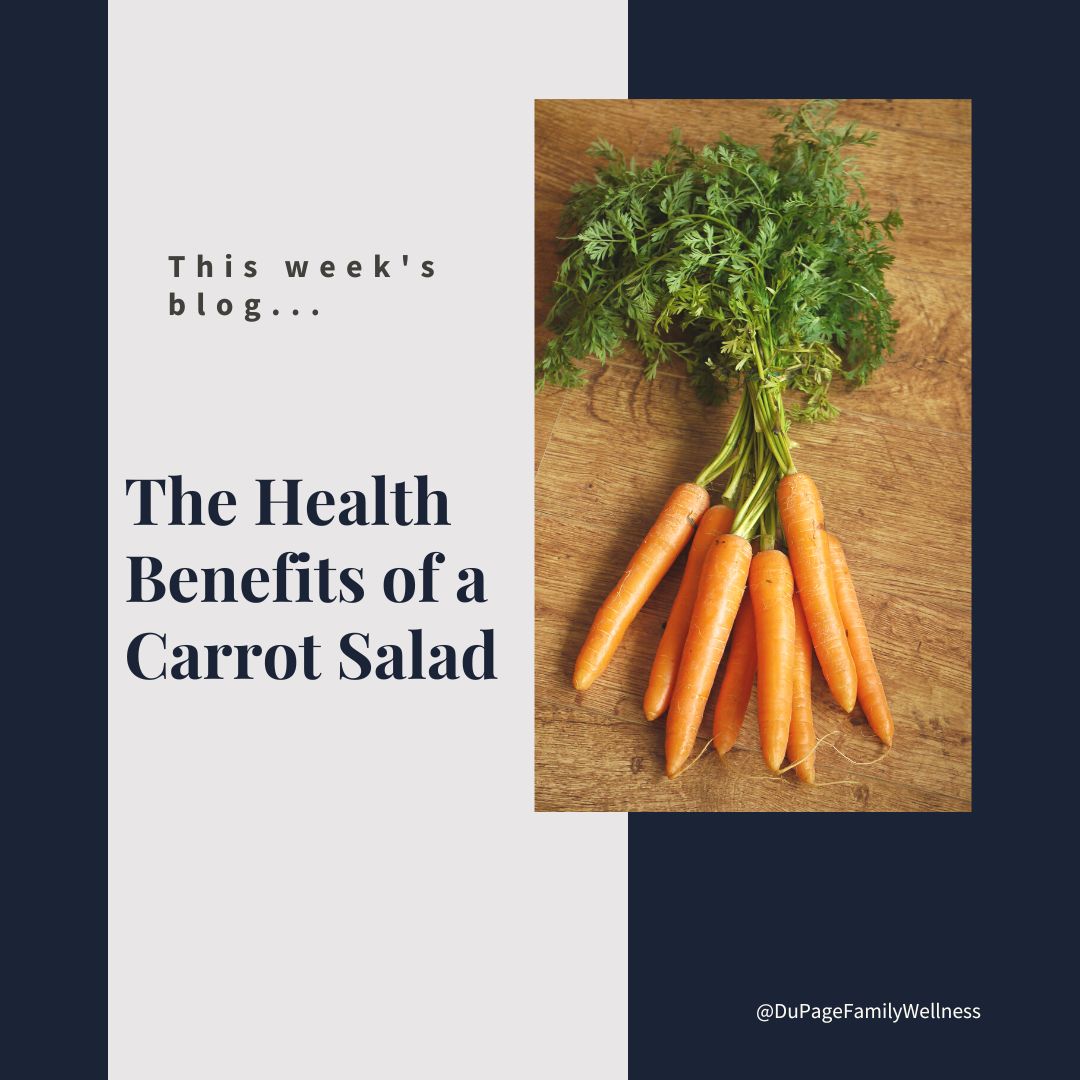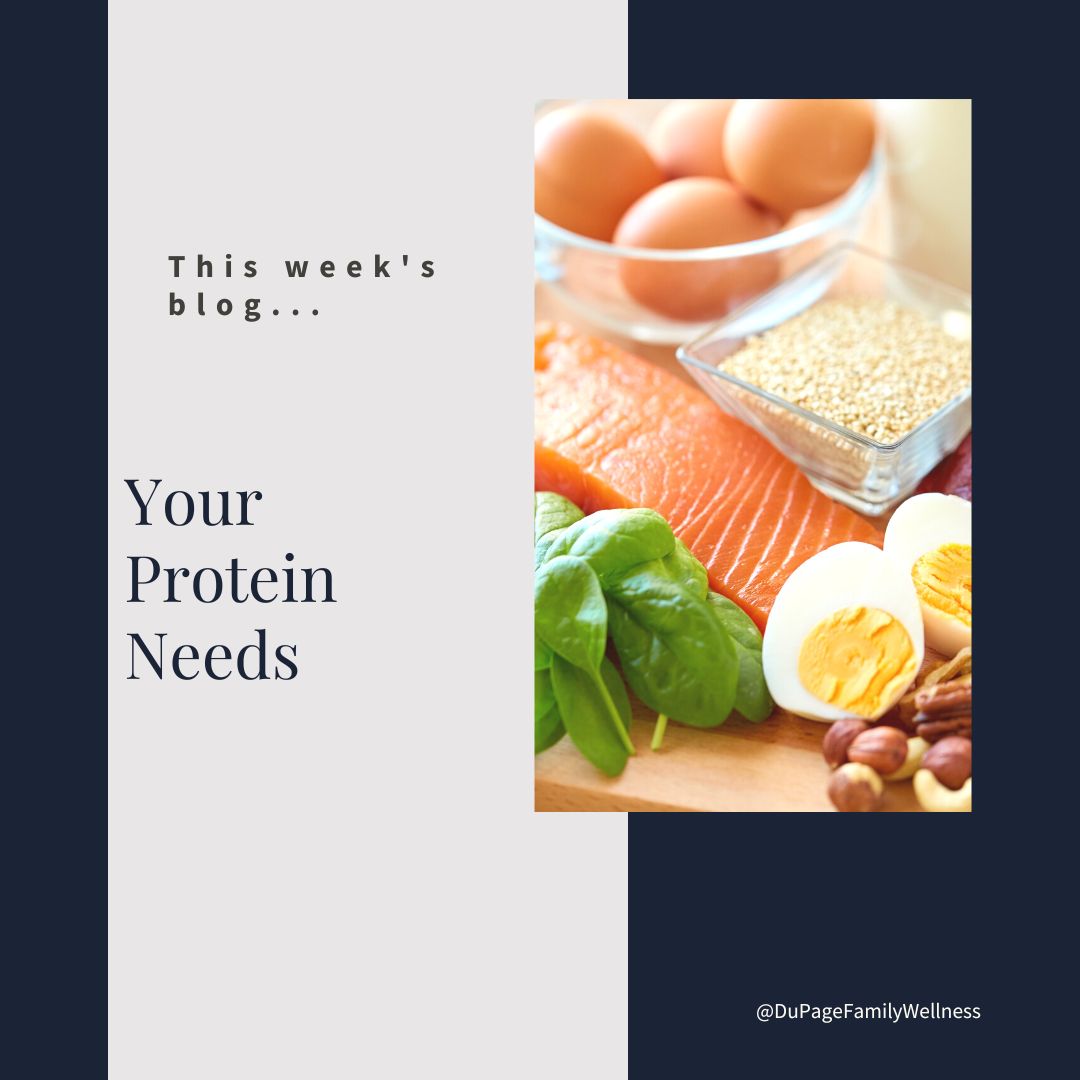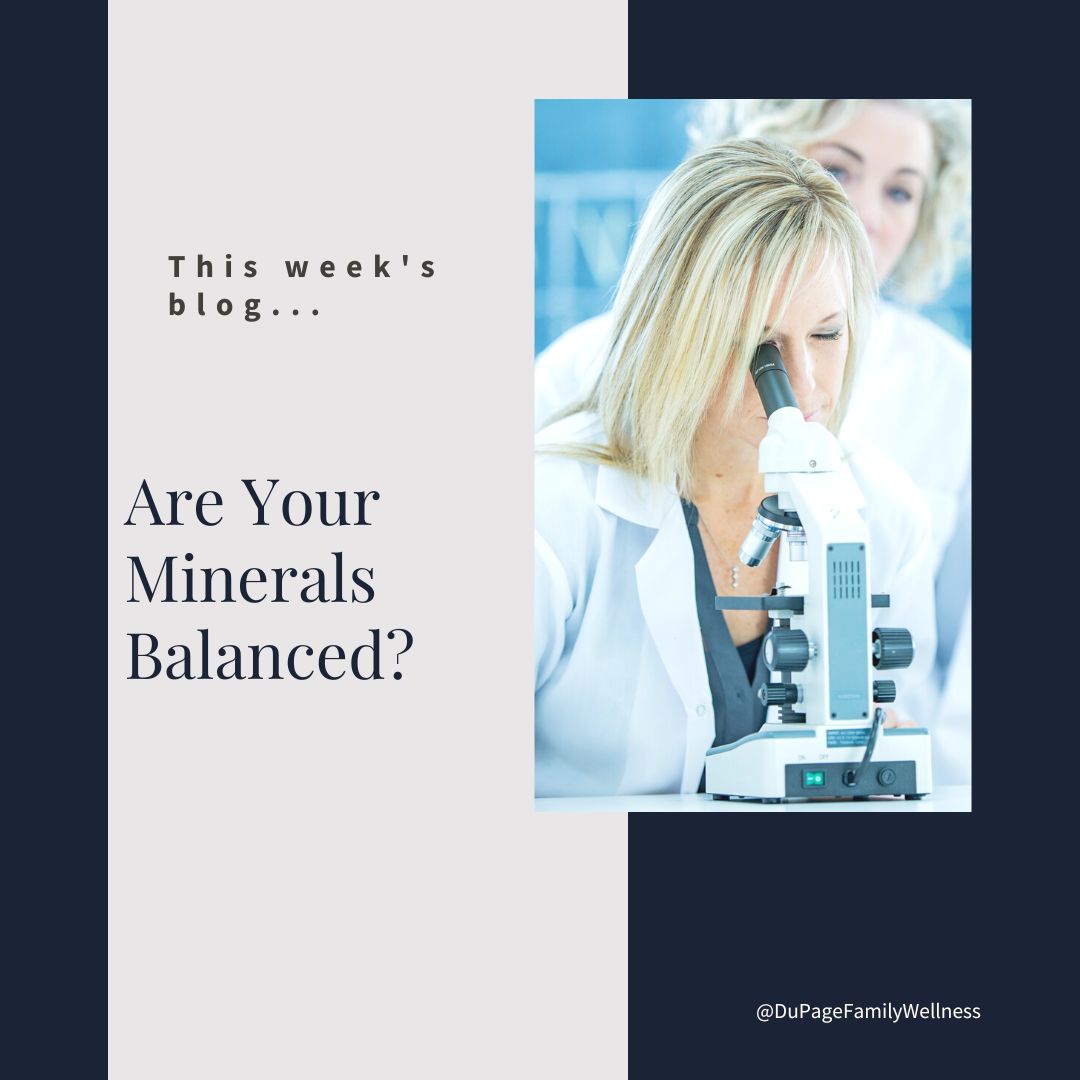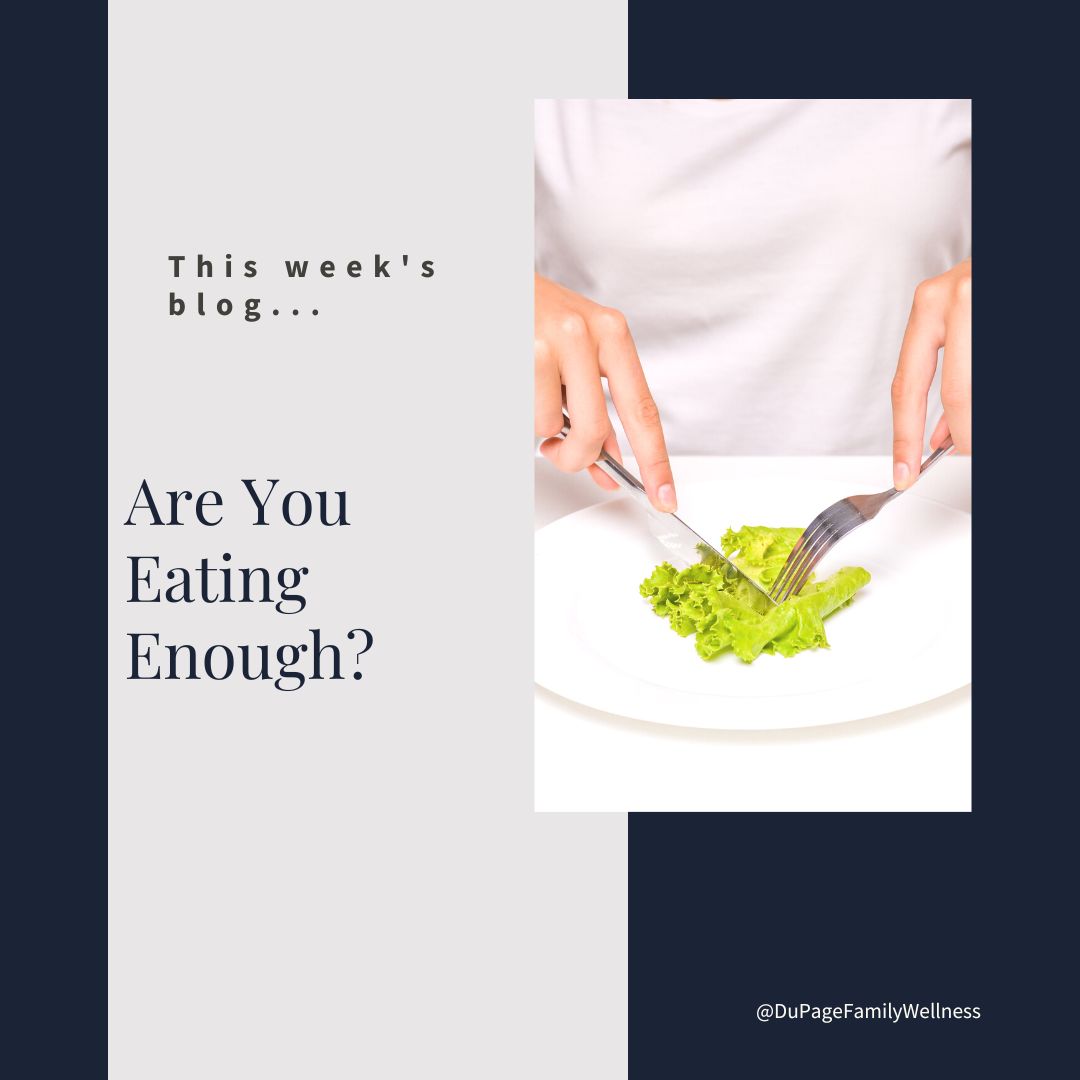 It's time to dress up and enjoy a spooky evening! While we want to enjoy the holiday, we don’t want to regret our choices afterward.
It's time to dress up and enjoy a spooky evening! While we want to enjoy the holiday, we don’t want to regret our choices afterward.
Halloween is the day of the year most known for excessive candy intake. In fact, 35 million pounds of candy are consumed on Halloween. Children on average consume a whopping 3.4 lbs. of candy in that one day.
With candy everywhere, what are we to do? With a few tricks, you can enjoy some treats without falling prey to too much sugar. You might not be able to follow all of these tips, but implementing a few of them might keep you from going candy crazy!
Lunch, & Dinner
Make sure to eat a good healthy lunch and dinner so you are full and satisfied! There’s a common practice among people who want to indulge on a special occasion. It involves eating less throughout the day, so you save your calories for the event. This is the worst thing you can do on Halloween!
If you are passing out candy or trick-or-treating on an empty stomach you will likely end up eating way more candy than you would if you nourish your body all day. It is also important to eat healthy meals because you need protein to balance out the candy and help regulate your blood sugar.
Read the Ingredients
When choosing a sweet treat, look at the ingredient list. If the list is long or if it contains a lot of words you don’t understand, you may want to think twice. Reading ingredients such as high fructose corn syrup, food coloring, and hydrogenated oils reminds me that it is NOT REAL FOOD after all.
A colleague told me that when they see poor ingredients in processed food (i.e. a Snickers Bar), they view it more like an object (i.e. their spiral notebook) rather than food. I don't know if I am quite there yet, but I'm working on it.
Rethink Handing out Candy
Now, I don’t want you to be known as the grinch house that passes out toothbrushes, but consider passing out something besides candy at your house. Get creative and you could even become one of the coolest houses on the block.
I remember one of my favorite houses to trick or treat at growing up had a jar of foreign coins. The top of the jar was small, but you were allowed to take anything you could grab between your fingers. Small hands could grab more than big hands. It was fun to see the foreign currency and figure out what country it was from.
Read more ...
 I am not one to promote quick fixes or miracle cures. If you know me at all, you know that I am all about helping people to eat more real and nutrient-dense foods.... however, there have been 2 things that I have implemented this year that I feel have made a huge impact on my health. One of these is the Carrot Salad.
I am not one to promote quick fixes or miracle cures. If you know me at all, you know that I am all about helping people to eat more real and nutrient-dense foods.... however, there have been 2 things that I have implemented this year that I feel have made a huge impact on my health. One of these is the Carrot Salad.
I am going to tell you something that is probably way too much information for some of you, but for me, the combination of the adrenal cocktail plus the carrot salad is the one thing that helped me move from more constipation to much better BMs.
Did you know that carrots can have a huge impact on your health? It’s true! In fact, many people eat a carrot salad every day for the health benefits.
According to Dr. Ray Peat, who has a Ph.D. in Biology from the University of Oregon, the fibers in raw carrots clean the intestine and improve your gut health. You may think this to mean carrots are like any other fiber that is good for your digestion, but it’s so much more complex.
Let’s take a look at the full impact a daily intake of carrots can make on your health and find out some delicious ways to incorporate them into your diet.
What Does it Help?
The three main things that Peat recommends eating raw carrots daily for are digestive health, thyroid function, and hormonal balance. While these conditions may seem pretty isolated and specific, difficulty in any of them can lead to all kinds of serious health problems.
He admits that “it might sound stupid to recommend raw carrots for severe health problems, such as chronic inflammation, liver problems, and hormonal imbalances.” However, when you understand the connection between the gut and the overall health of the body, it begins to make sense.
Let’s look at the Gut
Gut health affects more than just the digestive system in your body. The immune, neurological, and cardiovascular systems are all impacted by your gut.
- Immune system - Many people believe that 70% of your immune system lives in your gut and that having an appropriate balance of bacteria is crucial for your immune system to function properly. An overgrowth of bacteria or fungus can disrupt the balance in the gut leading to a depressed immune response.
- Brain - Your gut also impacts your brain in a direct way. Imbalances in the gut can lead to anxiety and depression. In the same way, stress can lead to gut troubles. If you question the connection, just think about the butterflies people get when they are excited or nervous. The brain and gut work together and impact each other in many ways.
- Heart - Gut health even affects your heart. According to Women’s Health Arizona, “certain types of gut bacteria convert the nutrient, choline, into a problematic substance called trimethylamine N-oxide (TMAO, for short). Unfortunately, elevated levels of TMAO can contribute to a higher risk of stroke, blood clots, and other conditions.”
Read more ...
 Your body may need quite a bit more protein than you are giving it. I’m not talking about adopting a keto or carnivore diet, but you need protein along with complex carbohydrates and healthy fats to thrive.
Your body may need quite a bit more protein than you are giving it. I’m not talking about adopting a keto or carnivore diet, but you need protein along with complex carbohydrates and healthy fats to thrive.
Every cell in your body contains protein, and it fulfills many different roles in the body. Since the body does not store protein, it depends on your diet to provide adequate amounts. Many women I know are not getting nearly enough protein even if they think they are.
So, how much protein do you need? Well, it depends. Let’s look at what your body needs and explore the healthiest ways to get this protein.
Why is Protein Important
Protein contains amino acids that are used to repair all the tissues in your body. You may think about your muscles needing protein (which they do), but in reality all of your systems (digestive, respiratory, circulatory, endocrine, etc.) need protein.
In a very real way, protein is one of the building blocks to a healthy and strong body. According to livestrong.com, protein actually helps “build muscles, produce new cells, regulate hormones and enzymes, heal wounds, and promote immune function”.
It is considered the most important macronutrient in building muscle, which can elevate your metabolic rate. And since protein also helps you feel full longer, it is great for those wanting to lose weight.
How Much Protein I Need: The Simple Way
Your protein needs are individual; there is no one-size-fits all measurement. Typically, you need .8g-1g per lb. of body weight, but this will of course depend on your activity level and your body mass index (BMI).
Here is an example of using this method to figure out the protein needs of someone weighing 160lbs.
.8g x 160lbs. = 128g of protein to 1g x 160 lbs. = 160g of protein
So, an 160 lb. person would need approximately 128-160 grams. That is a lot of protein!
What does this mean in terms of food?
When most of us see 130g of protein, unless you have been tracking your food, that doesn't mean a whole lot to you. So how would you go about getting 130g of protein in a day?
One of my favorite strategies is to break it up into pieces. That way, 130 grams would be 3 meals with 30 grams each plus 2 snacks with 20grams each.
What do 30 grams of protein actually look like?
Read more ...
 Over the last few months, I have been doing a deep dive into all things minerals. It is fascinating when you understand what minerals do in the body. It is even more interesting to see how minerals work together in a unique way.
Over the last few months, I have been doing a deep dive into all things minerals. It is fascinating when you understand what minerals do in the body. It is even more interesting to see how minerals work together in a unique way.
For example, magnesium is a key component for hundreds if not thousands of reactions, while copper and oxygen are used to make ATP which is our main energy source.
All of the cells in your body require minerals to make energy and hormones, but most of us are low in some minerals. Getting the right balance of minerals can make a huge difference in how you feel.
Let's explore why we may be low in minerals and learn how to check to see what minerals you may need to replenish.
How Could I be Low in Minerals?
Several things are leading to the depletion of key minerals in our world.
- Our soil is more depleted than it used to be. This results in the plants and animals that we eat having fewer minerals.
- Pesticides used on crops commonly deplete minerals.
- Medications deplete minerals (blood pressure medicine, birth control, corticosteroids, PPIs, etc.). Check out this article for more details.
- Surprisingly supplements can deplete minerals. For example, too much vitamin D can actually deplete magnesium and sometimes copper.
- Water filters can remove minerals from water.
- Stress depletes minerals! When we are stress, we burn through our minerals at a much faster rate.
While you can learn about your mineral status from blood tests, they don't give you the full picture. Since our bodies are great at keeping homeostasis (balance) in the blood they will often steal minerals from other places in the body to bring about this balance. In addition, when there is an excess of minerals the body may store them in the tissue to keep the blood at the level it needs to be. For this reason, I have been intrigued by Hair Trace Mineral Analysis lately.
Hair Trace Mineral Analysis (HTMA)
Since hair is one of many places the body eliminates minerals and heavy metals, it gives us an accurate picture of the minerals that may be lacking in the body. It also shows you when heavy metals or minerals are at excessive levels.
Some of the minerals it tests for are calcium, magnesium, sodium, and potassium. These minerals are not produced in the body and must be gotten through your diet. It is important that these four minerals are balanced in your body; without them, you will not be able to feel your best.
Read more ...
 When you think of eating healthy do you ever think about eating more calories? Most people think that they need to limit calories to eat healthy, but this simply is not the case and can actually cause a lot of harm.
When you think of eating healthy do you ever think about eating more calories? Most people think that they need to limit calories to eat healthy, but this simply is not the case and can actually cause a lot of harm.
Your body needs enough calories to function. Every system of your body is dependent on the nutrients it gets through your food. When you don’t get the calories you need, your body will not function well, and you will start to have symptoms.
Unfortunately, our culture has glamorized low-calorie diets to the point that many people don’t even know what is normal anymore. In fact, many women are chronically undernourished without even being aware of it.
Are you one of these women? Let’s find out!
Not Eating Enough
Without enough calories your body will start to turn on itself to supply the need for nutrients and energy. Your body will tell you that you need more calories in all kinds of subtle ways. If you don't listen to the subtle symptoms, your body will begin to speak louder. Symptoms may include:
- loss of muscle
- slower metabolism
- lower quality of sleep
- decrease in energy
- irregular cycles
- increase in anxiety and depression
- hair loss
- gut issues (including stomach aches and bloating)
- symptoms of hypothyroidism (cold hands/feet, etc.)
- symptoms of adrenal fatigue (lightheaded, fatigue, body aches, etc.)
- weight gain (your body confuses lack of calories as a famine and holds on to everything possible.)
Since eating enough is so important and many women undereat without knowing it, I encourage you to follow the following steps to make sure your body is getting what it needs.
Calculate Your Total Daily Energy Expenditure (TDEE)
If you have followed me for a while, you know that I'm not a big fan of counting calories… BUT it can actually be an incredibly helpful exercise to do for a few days to make sure you are eating enough!
That's right- I find that SO MANY WOMEN are either intentionally restricting calories or don't even realize that they are eating WAY LESS than their body needs.
Read more ...
 Most people think of grilling out in the summer, but the fall is a perfect time to heat up the grill. As the weather gets cooler it is more pleasant to cook outside and sit on the patio for a nice meal.
Most people think of grilling out in the summer, but the fall is a perfect time to heat up the grill. As the weather gets cooler it is more pleasant to cook outside and sit on the patio for a nice meal.
It doesn’t have to be time-consuming to have a great meal on the grill, in fact, simple is often better. Meat and veggies by themselves make a solid meal, but you can add grilled fruit for a yummy dessert.
Eating these simple, real foods - specifically the meats and the veggies - is a healthy easy option for a dinner everyone will love.
Here are my top grilling tips for you to enjoy this fall.
The Meat
Start planning your meal by choosing your meat. With most food, there is a large spectrum of quality. You may not be able to get the highest quality variety, so just do your best with the options available! Let’s see what to look for when buying your meat.
- Good - Meat that is not breaded with flour or breadcrumbs or loaded with sugary or processed sauces. (Note: The first ingredient in many BBQ sauces is high fructose corn syrup).
- Better - Meat from a healthy animal that had a chance to walk around and eat its natural diet while it was alive. If you are purchasing meat, look for words like pasture-raised, grass-fed (for beef), or wild caught (for fish).
- Best - Meat from a local farmer’s market where you can meet the farmer! When you talk with the farmer ask them how their animals are raised. If you like their answer, get the meat from them when you can!
Grill the meat and keep it simple! If you have good quality meat, the flavor will be great. You don't need to add much to it.
The Veggies
It's easy to get stuck in a rut of always buying the same veggies but trying some new ideas can really spice things up. When you eat a variety of veggies you tend to eat more of them. You can choose a few of the ones below to throw on the grill.
- Eggplant - Simply cut it into ½-inch patties.
- Asparagus - Bend the stock to snap off the thick base, leaving the pretty flowery end.
- Zucchini - Slice into ¼-⅓ inch slices.
- Onions - Just cut it in half and grill that way. You can also cut it smaller for kebabs!
Read more ...
 It's time to dress up and enjoy a spooky evening! While we want to enjoy the holiday, we don’t want to regret our choices afterward.
It's time to dress up and enjoy a spooky evening! While we want to enjoy the holiday, we don’t want to regret our choices afterward.

 I am not one to promote quick fixes or miracle cures. If you know me at all, you know that I am all about helping people to eat more real and nutrient-dense foods.... however, there have been 2 things that I have implemented this year that I feel have made a huge impact on my health. One of these is the Carrot Salad.
I am not one to promote quick fixes or miracle cures. If you know me at all, you know that I am all about helping people to eat more real and nutrient-dense foods.... however, there have been 2 things that I have implemented this year that I feel have made a huge impact on my health. One of these is the Carrot Salad. Your body may need quite a bit more protein than you are giving it. I’m not talking about adopting a keto or carnivore diet, but you need protein along with complex carbohydrates and healthy fats to thrive.
Your body may need quite a bit more protein than you are giving it. I’m not talking about adopting a keto or carnivore diet, but you need protein along with complex carbohydrates and healthy fats to thrive. Over the last few months, I have been doing a deep dive into all things minerals. It is fascinating when you understand what minerals do in the body. It is even more interesting to see how minerals work together in a unique way.
Over the last few months, I have been doing a deep dive into all things minerals. It is fascinating when you understand what minerals do in the body. It is even more interesting to see how minerals work together in a unique way. When you think of eating healthy do you ever think about eating more calories? Most people think that they need to limit calories to eat healthy, but this simply is not the case and can actually cause a lot of harm.
When you think of eating healthy do you ever think about eating more calories? Most people think that they need to limit calories to eat healthy, but this simply is not the case and can actually cause a lot of harm. Most people think of grilling out in the summer, but the fall is a perfect time to heat up the grill. As the weather gets cooler it is more pleasant to cook outside and sit on the patio for a nice meal.
Most people think of grilling out in the summer, but the fall is a perfect time to heat up the grill. As the weather gets cooler it is more pleasant to cook outside and sit on the patio for a nice meal.